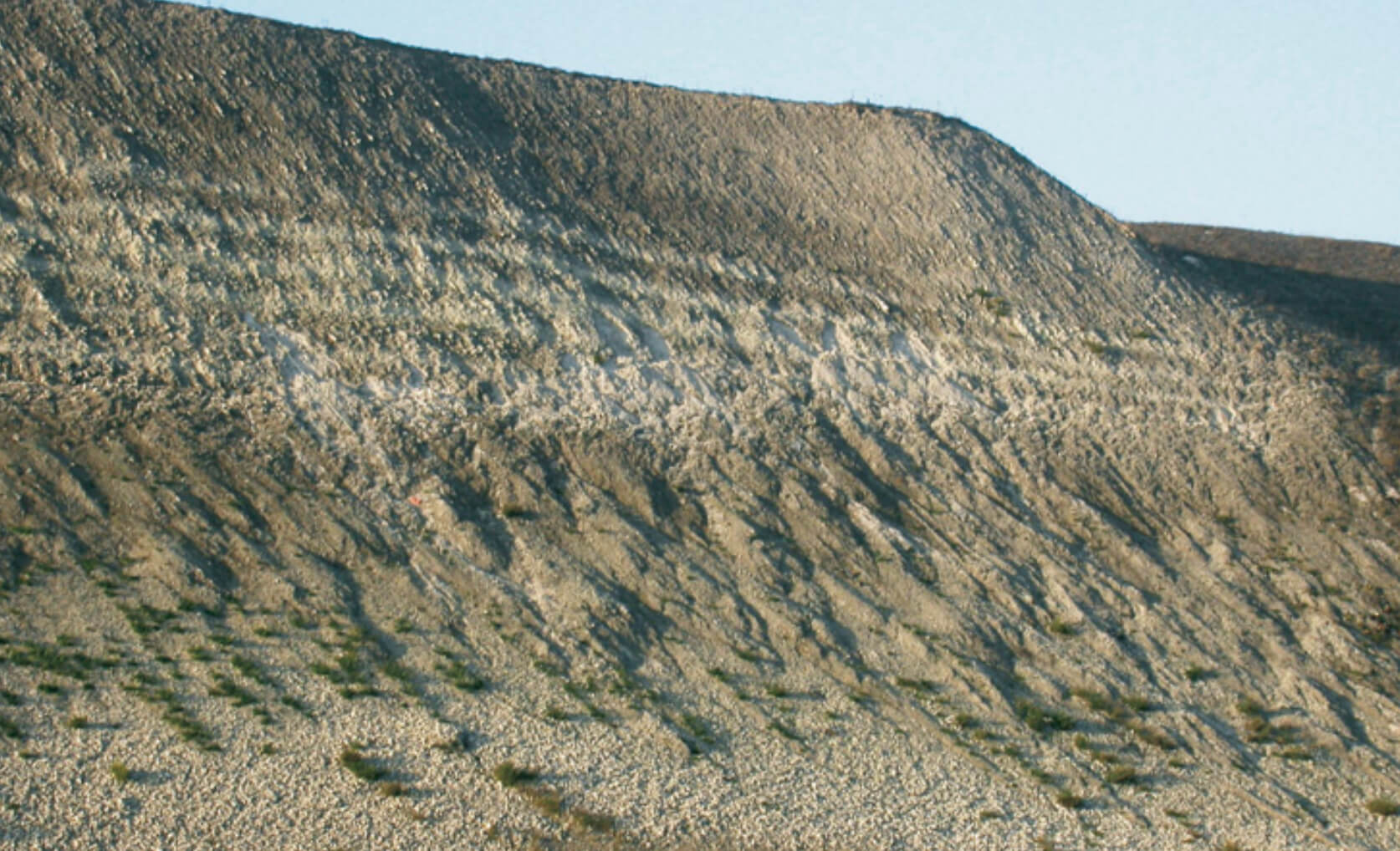
How to Cite
Share
Abstract
A high resolution carbon isotope (δ13C) profile through the upper Campanian to Maastrichtian chalk was recently completed based on material from the Stevns-1 core from the Stevns peninsula, eastern Denmark. The δ13C variation of marine carbonates essentially reflects global perturbations in the carbon cycle, i.e. the burial fluxes of carbonate carbon versus organic carbon. It is widely observed that the δ13C variation broadly tracks the eustatic sea-level curve, and that δ13C curves can be used for stratigraphic correlation (e.g. Jarvis et al. 2002). In the Stevns-1 core, a total of 29 notable isotope changes have been identified in the upper Cam panian to Maastrichtian succession. In order to evaluate the stratigraphic significance of the isotope changes, the variation in δ13C values of the mid-Maastrichtian chalk from cores in eastern Denmark and the Danish North Sea, and from outcrops at Rørdal, northern Jylland has been examined (Fig. 1). The selected interval is characterised by distinct chalk and marl cycles in the Stevns-1 and Karlslunde-1 cores and in the Rørdal quarry (Fig. 2), whereas a non-cyclic clean chalk is found in the M-10X well from the North Sea. In the Rørdal quarry, the chalk–marl unit spans the upper–lower Maastrichtian boundary in the Boreal brachiopod and belemnite stratigraphies (Surlyk 1984; unpublished data, B. Lauridsen & F. Surlyk). In Stevns-1 and Karlslunde-1 the chalk–marl unit was deposited during the younger part of nannofossil subzone UC20b (Sheldon 2006, in press). This paper presents preliminary results of a high-resolution study of carbon isotopes, carried out by the Geological Survey of Denmark and Greenland (GEUS) in co-operation with partners from the Department of Geography and Geology at the University of Copenhagen. This paper is a product of the Cretaceous Research Centre (CRC) at Geo center Denmark.
How to Cite
Share
Downloads
Edited by Ole Bennike and A.K. Higgins
This Review of Survey activities presents a selection of 22 papers reflecting the wide spectrum of activities of the Geological Survey of Denmark and Greenland, from the microscopic to the plate-tectonic level.
The Survey's activities in Denmark are illustrated by 13 articles. Five of them deal with petroleum-related [...]










